Peru’s beautiful Sacred Valley (El Valle Sagrado) lies between Cusco and Machu Picchu. All three travel gems add up to a perfect trifecta for visitors to the Andean highlands. The Urubamba River runs through this narrow valley with incredibly picturesque scenery and lined by majestic mountains.
The fertile Sacred Valley was an essential region for the Inca Empire, providing the Inca with prime farming land, rare in the Andes. During their rule (1438 to 1533), the Inca built stone temples, palaces, fortresses, agricultural terraces and other structures throughout the valley.
Today, the Sacred Valley is filled with a patchwork of farmed fields, typical Andean villages, colorful indigenous markets, and magnificent Inca ruins. The pace of life is definitely slower here (in comparison to Cusco), except for Sundays when the market in Pisac attracts hordes of tourists.
I’ve visited the Sacred Valley on each of my two Peru trips – via a mix of day trips from Cusco and a 2-day visit with an overnight in Pisac. I love this area and would really enjoy another visit where I could linger and explore the towns and culture more deeply.
A large proportion of the indigenous population (Andes Indians) who live here are descendants of the Incas, so they speak Quechua and have a vibrant cultural tradition.
In this post, I share my experiences touring the key destinations of the Sacred Valley – the towns (and Inca ruins) of Chinchero, Pisac, and Ollantaytambo. They are all really worthwhile! I hope your own travels to Peru will give you plenty of time to visit and explore the beautiful Sacred Valley!
Chinchero – Inca Ruins, Sunday Market & Weaving
Located in the highlands about an hour’s drive north from Cusco, Chinchero is a typical Andean town. It has a majestic setting, with views of snow-capped mountains in the distance. Its elevation is actually higher (12,300 feet) than Cusco (11,000 feet) – a city which already causes many of its new arrivals to suffer some symptoms of altitude sickness until they acclimatize in a day or two, often with the help of coca tea!
The Inca ruins at Chinchero include some beautiful stone walls and large agricultural terraces. At the eastern end of the terraces, there is a “throne” carved out of a large rock where the Inca king and his elite would sit to enjoy stunning views of the nearby mountains which they considered sacred. As you can see (below), some members of my travel group enjoyed playing “Inca King for a Day!”
You need a tourist ticket (boleto turistico) to enter Chinchero’s historic precinct – which includes the ruins, a museum, and a white stucco colonial church. It was interesting to see how the Spaniards built their church on top of the stone remains of an Inca palace. The church (located on the main plaza) is pretty inside so it’s worth a quick visit.

I did make it to Chinchero’s bustling Sunday market, albeit for only one hour (way too short!) I really loved the people-watching and the shopping. Besides the produce, there were plenty of local handicrafts for sale. In fact, I bought a beautiful Inca-design weaving (see photo), which is still proudly displayed in my home.
- Credit: Tim Smith
- Credit: Tim Smith
- Credit: Tim Smith
Chinchero is also an important center for Peruvian weaving. My group enjoyed a fun weaving demonstration by some local women in their traditional clothing and ornate red felt hats (shaped like a small fruit bowl). They showed us how they prepare and spin the wool (from sheep, alpaca and llama) and use natural dyes to color the wool by dipping it in the boiling water.
Their weaving is done on traditional backstrap looms. Afterwards, we shopped at the adjacent store where they had some beautiful woolen items at reasonable prices. So, yes, I bought myself a lovely alpaca sweater – pretty much a “requirement” for most Peruvian visitors!
Ollantaytambo – Amazing Inca Ruins & Cool Town
Because of its strategic location at the north-western end of the Sacred Valley, Ollantaytambo (nicknamed Olly or Ollanta) is an important gateway town to Machu Picchu and the Inca Trail. The train from Cusco makes a stop here to pick up passengers on the way to Machu Picchu (specifically to the town of Aguas Calientes).
And each morning (like I did back in 2002), large numbers of trekkers (and guides & porters) make a final stop here on their way to the start of the “classic” Inca Trail (located nearby at Km. 82). (see map at top of post)
- Credit: “Greetings from Blank” blog
- Mountaintop Inca granaries on the other side
The majority of the many visitors to Ollantaytambo (elevation ~ 9200 feet) come to tour the impressive and massive Inca ruins (and terraces) covering a mountainside towering over the town. This great fortress had strong military and sacred significance for the Incas. Stone steps lead visitors up through steep agricultural terraces to the Inca ceremonial center at the top – where you can visit the Temples of the Sun and Moon.
- Credit: Tim Smith
- Credit: Hotel Sol Ollantay
As my group and I slowly worked our way up the seemingly never-ending steps, we finally reached the top where we could rest as our guide pointed out the beautiful rose-colored granite stones before us. I never tire of seeing the Inca’s amazing stonework.
Of course, there is always the big question – just how did Inca stone masons cut those large stones to fit together so perfectly without the use of mortar?
- Credit: Tim Smith
The actual stone for building the Olly fortress was brought here from a quarry several miles away – from the other side of the Urubamba River. This also boggled our minds to imagine how the Incas could have moved such huge stone blocks all those miles, including across a river and up the mountain. They were certainly an amazing and fascinating culture.
- Credit: Tim Smith
- Credit: Hidden Inca Tours
Ollantaytambo has been called the best preserved of all the Inca settlements. The town has many old stone buildings and narrow cobblestone streets (from the 15th C.) with water still running through the original channels.
Back in town, we saw this beautiful “water fountain” (above left). We learned that different members of the Inca hierarchy (the king, his daughters, warrior men, etc.) had their own designated fountain. Guess it has always paid to be part of the elite!
Pisac Town – A Huge & Lively Sunday Market

Pisac has the Sacred Valley’s largest and most well-known handicraft and produce market as well as magnificent Inca ruins, located high up on a mountain near the town.
The artisan market is held every day, but Sunday is the big market day. This is when villagers in their traditional bright clothing come from around the region for a very lively farmer’s market. It’s great fun wandering through the produce market and observing locals (speaking a mix of Spanish and Quechua) buying, selling or bartering their fruits, vegetables, grains, cheeses, spices, and more. It’s a real slice of authentic Peruvian Andean life.
In addition, there are hundreds of market stalls with individual vendors selling their artisan wares. The Sunday market covers the main plaza (with a small but pretty church on one side) and spreads out into adjoining streets.
Here you can shop for a wide variety of Peruvian handicrafts all in one place – colorful traditional textiles (like tapestries and rugs), alpaca sweaters and other knitted woolens, clothing, ceramics, jewelry, artwork, musical instruments, typical souvenirs and more.
- Credit: Tim Smith
- I love the colorful Peruvian textiles!
I really enjoyed browsing Pisac’s Sunday market on both of my trips. It’s definitely one big outdoor shopping mall, although much of it is under white and blue tarpaulin cloth. In addition to the market stalls, Pisac has some “permanent” shops (including jewelry stores) down the side streets.
There I purchased a pair of silver earrings with colored inlaid stones in a pretty Inca design. I also bought a colorful watercolor art piece from a delightful local man named Renato for 40 Peruvian soles ($12 USD). (photo below)
While wandering around Pisac, there are plenty of adorable children (sometimes with their mothers) who are dressed in traditional clothing looking to pose for your camera – for a tip, of course!
The two girls (below) with their gentle lambs stole my heart and gained a one sol (30 cents) tip. The sweet older woman above (a spunky age 85) with her spool of thread was more than happy to pose – without any request for a tip.
Note: Market hours are from around 9am-5pm. Pisac is an hour’s drive from Cusco. So, as you can imagine, loads of tour buses from Cusco arrive here every Sunday bringing scores of tourists to enjoy the market. Thus, it can become pretty crowded during the peak times. Some of the day tours will also include a visit to the Pisac ruins – which are a real gem and often overlooked by many visitors.
Looking for some guidance on what Peruvian items you might want to bring home with you, check out this good blog post by Peru for Less entitled: What to Buy in Peru: The 25 Best Peruvian Souvenirs.
Visiting the Pisac Ruins
Before touring the Sunday Market on my last trip, my group & I spent a couple fascinating hours in the morning being guided around the awesome Pisac Ruins. Large, steep curving agricultural terraces cover a large area of the mountainside with many crisscrossing trails. This area has some of the best examples of Inca terracing – and they are still in use today!
- Credit: Johnathon Purcell
Like most visitors, we took the easy way to the ruins – driving around 5 miles up the mountain on a winding, paved road to the main entrance. There is also a 4km trail that leads up from the town. However, I got plenty of exercise during the walking tour (on footpaths) of the vast site, so I had no guilt taking roundtrip bus transport.
- Temple complex
- Credit: Tim Smith
The Pisac ruins are from a one-time fortress city. There is a well-preserved temple complex at the top on a small ridge, with beautiful views on each side. The ceremonial center is comprised of around a dozen buildings, constructed out of pink granite stones in the typical grand style of Inca stonemasons. There is a Temple of the Sun (as in Machu Picchu) and several working water channels.
Willka T’ika – Sacred Valley Sanctuary & Retreat Center
Willka T’ika Guest House, located near the town of Urubamba, is a premier luxury inn and wellness retreat center. Willka T’ika is an eco-friendly base for all-inclusive retreats and tours organized by their travel partner Magical Journey, as well as a lovely place to stay for others while traveling in the Sacred Valley.
Owner Carol Cumes bought the property back in 1994 because of the 1000-year-old Lucuma tree – which is sacred to the Inca – beside which she constructed a spiral garden of indigenous plants. As a longtime yoga practitioner, Carol wanted to create a retreat center synergizing Andean culture and cosmology with yoga philosophy and lifestyle.
- Credit: Willka T’ika
- Credit: Willka T’ika
I stayed here at Willka T’ika in 2002 for just one night (which was way too short), before departing the next morning for my Inca Trail trek. I loved it then! Fast forward 14 years – and I was delighted to learn that my Unity church’s “Travel With a Purpose” group (I wasn’t on this particular trip) had stayed at Willka T’ika for 3 days in June. And, their reports were glowing!
The travelers shared that the guest rooms and public areas (like the yoga studio) were beautiful and the gourmet vegetarian cuisine was delicious – all food is grown on site. My friends also loved their tour of the elaborate Chakra Gardens and enjoyed the relaxing herbal baths and massages. It was a most welcome respite from their many days of active touring and volunteer work.
- My room from 2002!
- Credit: Willka T’ika
You can visit Willka T’ika’s website for more information. It’s possible that individual travelers might need to join a group to stay here, so it’s best to contact them directly. (see update below) I do know that if I should be lucky enough to return to the Sacred Valley, I’ll be making that same inquiry!
UPDATE – January 2017 / Willka T’ika’s Reservations Manager wrote me:
We are delighted to welcome overnight guests for a minimum of a two-night stay at Wilka T’ika. You do not need to be a member of a group to visit & stay at our sanctuary. A guest can either make room reservations online at this link or call the USA reservations office (weekdays) for direct assistance with their booking at 888-737-8070 or 805-884-1121. If a guest is interested in joining one of our many scheduled group retreats, he/she can check the website link for a listing of our upcoming events.
To Learn More About Machu Picchu: Read my post Machu Picchu – Experience Peru’s Magical “Lost City of the Incas”
Comments: Have you been to the Sacred Valley? What were some of your favorite sights? For future travelers, what are you most excited about seeing and experiencing?





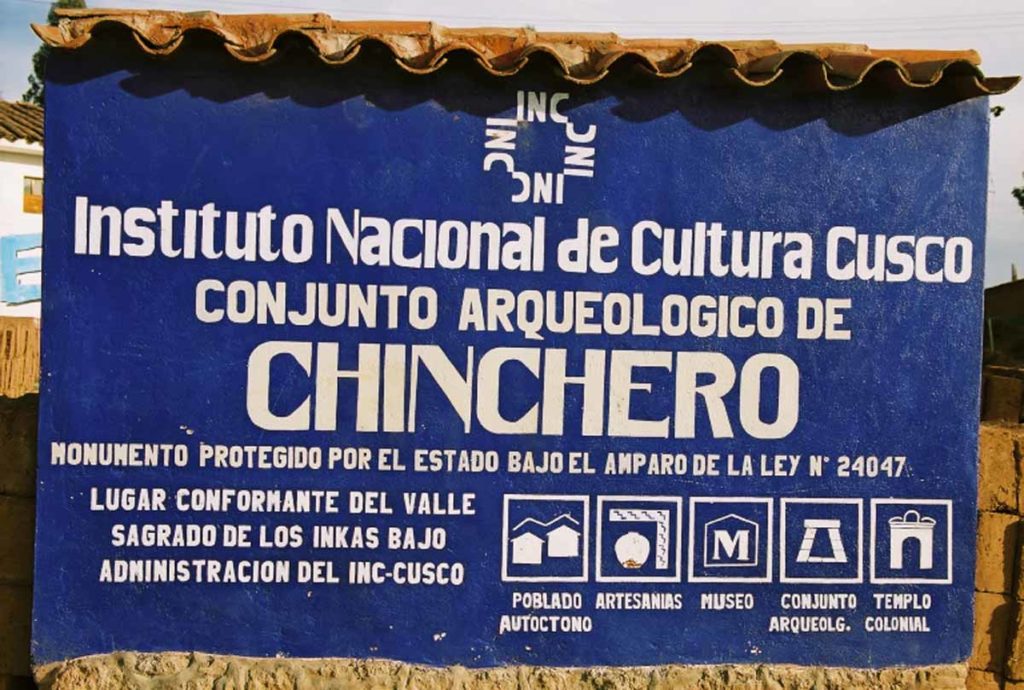
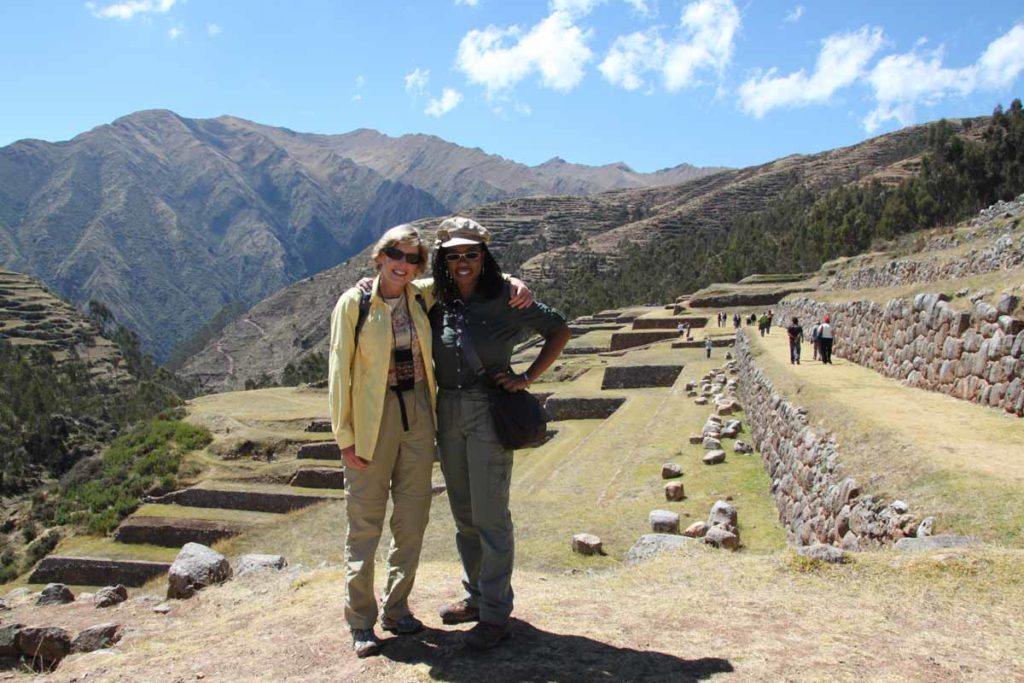
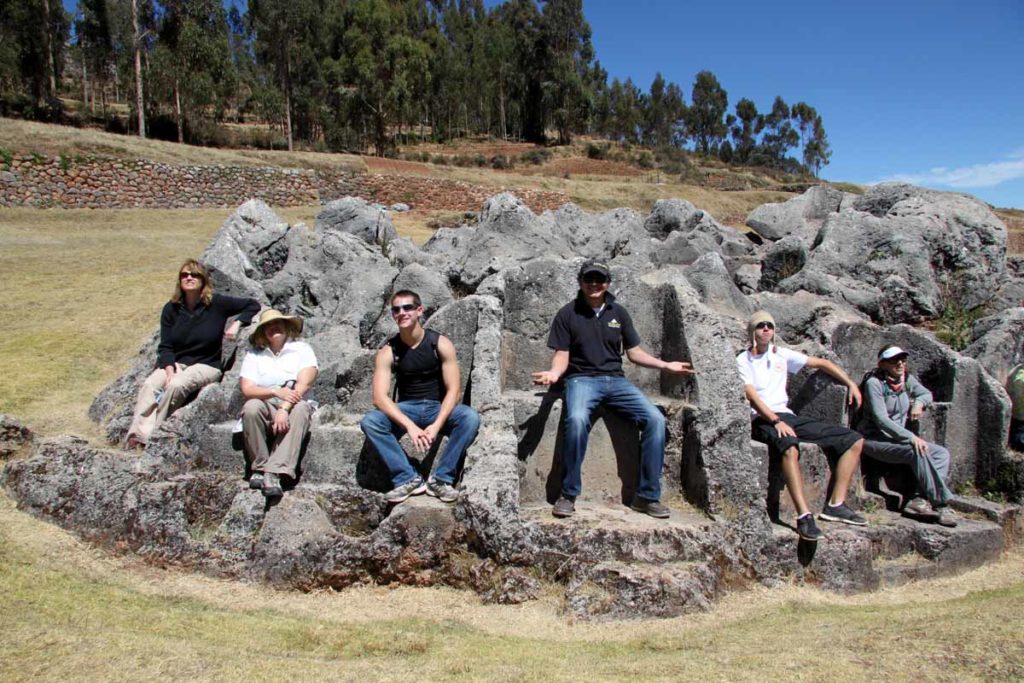

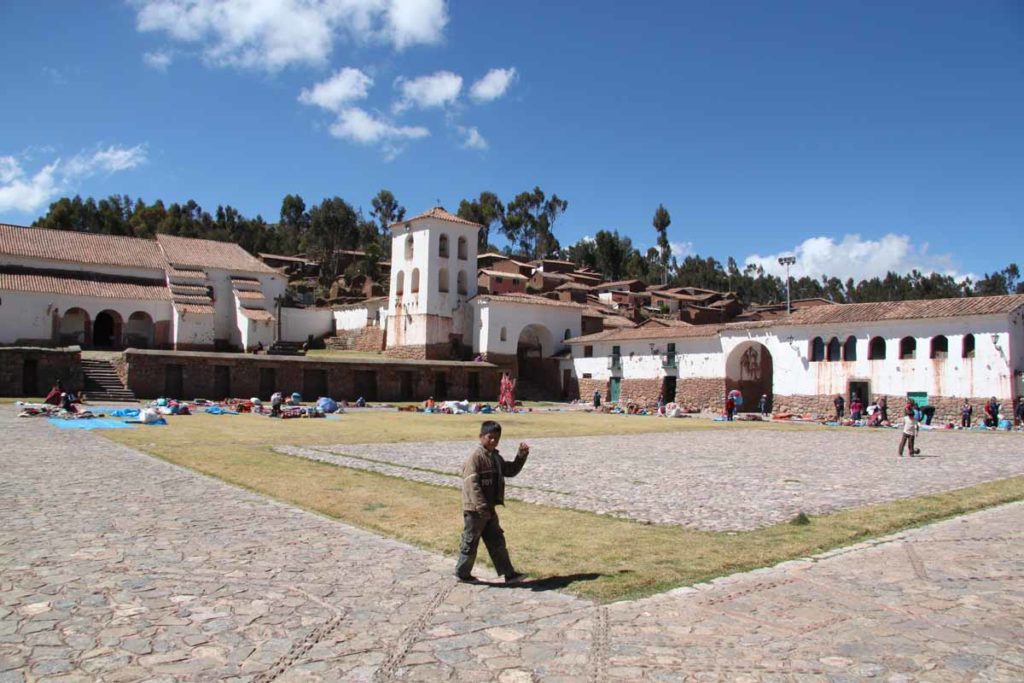
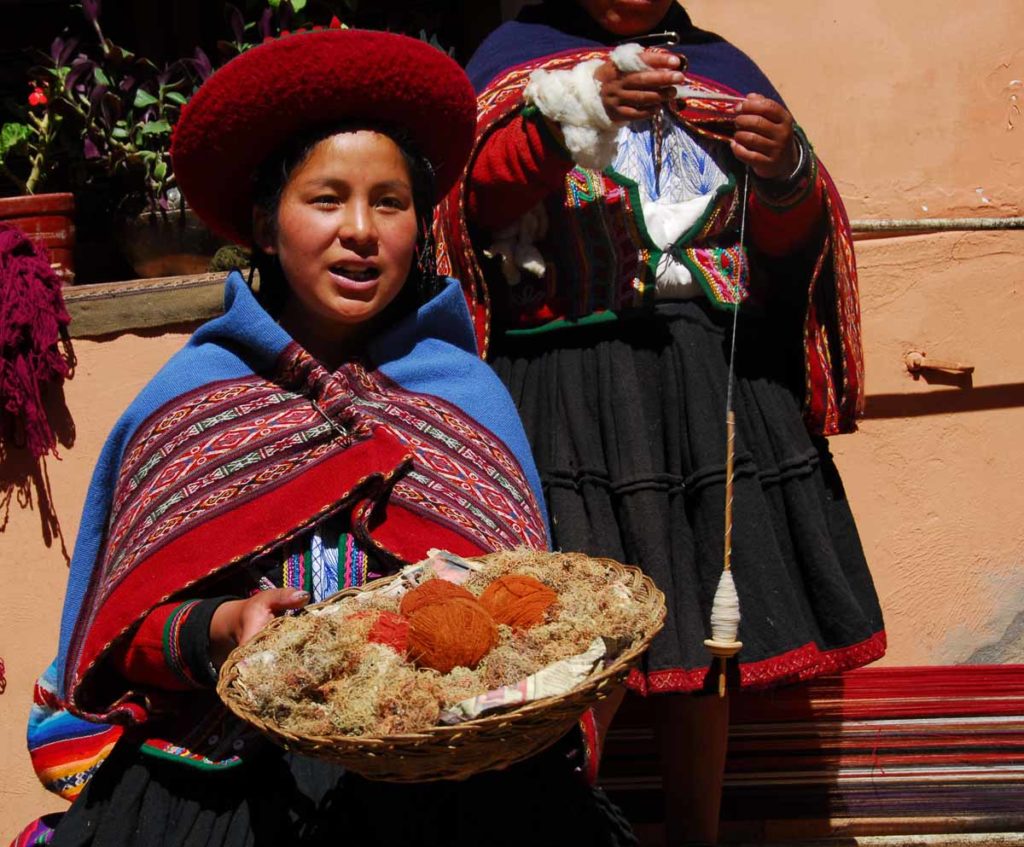


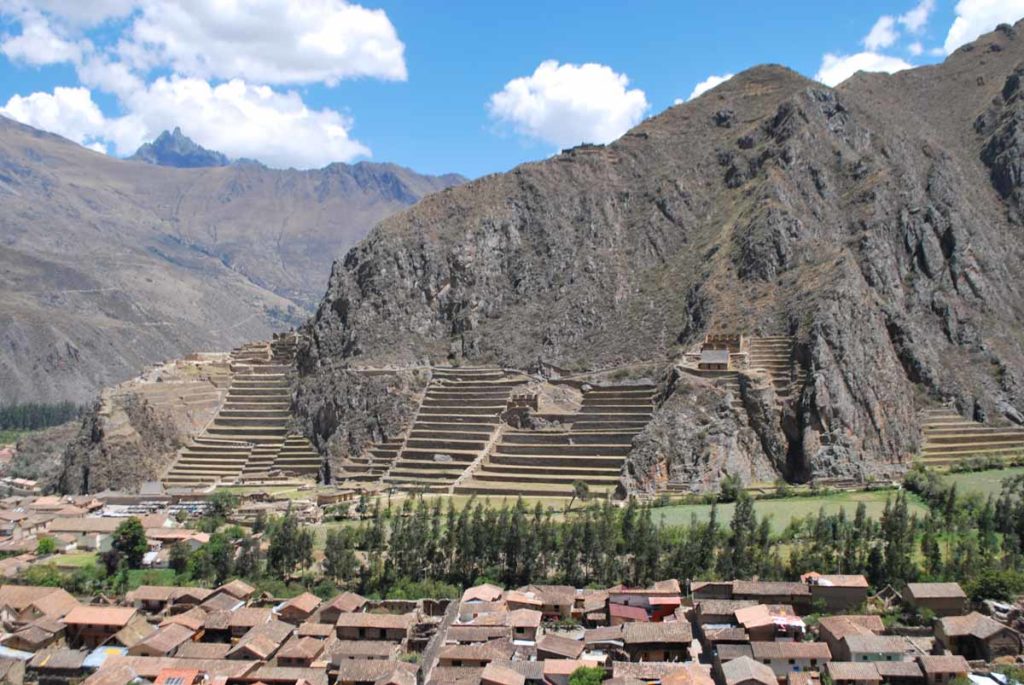
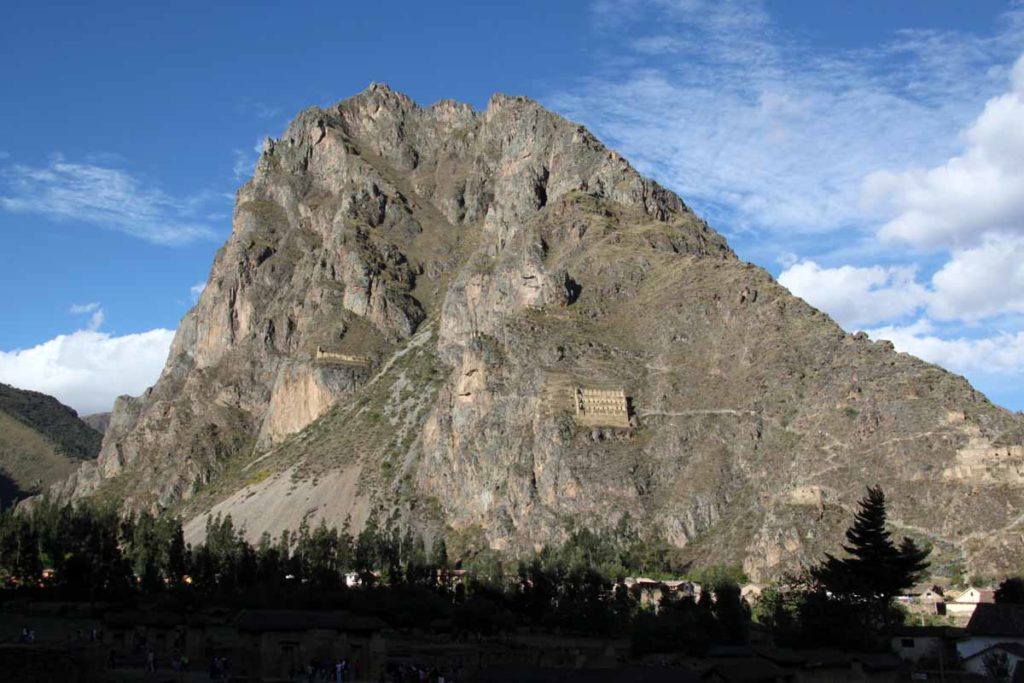



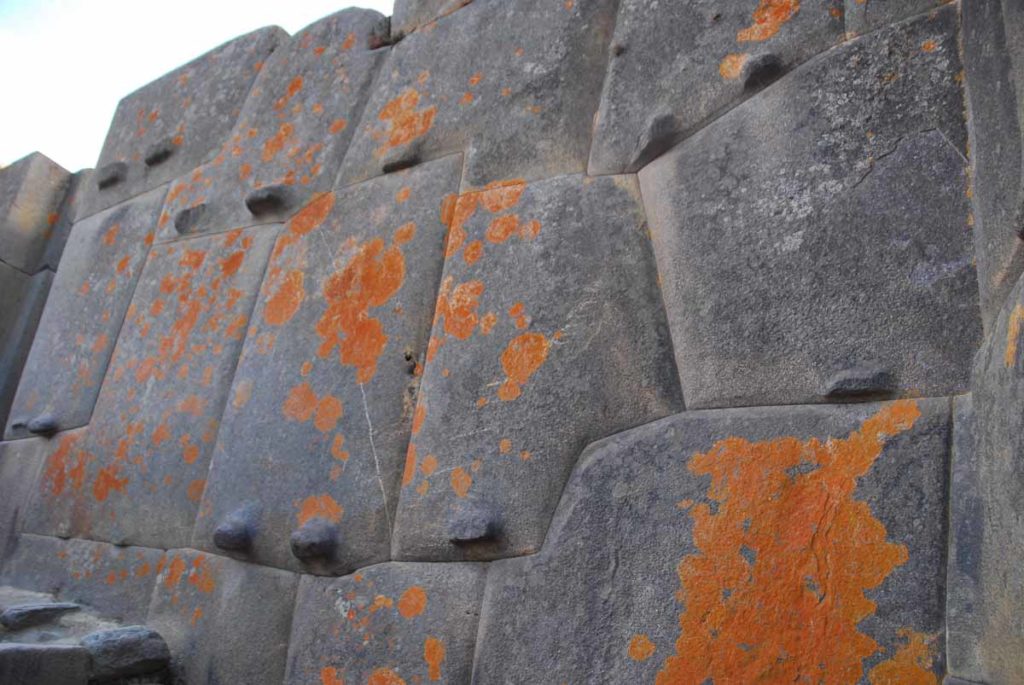






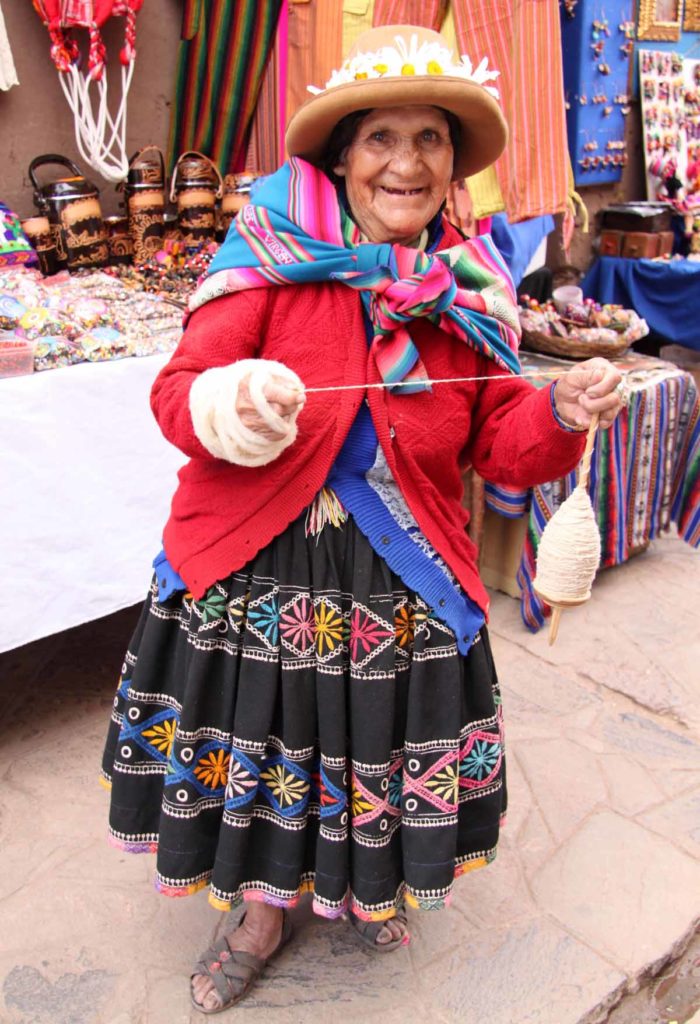
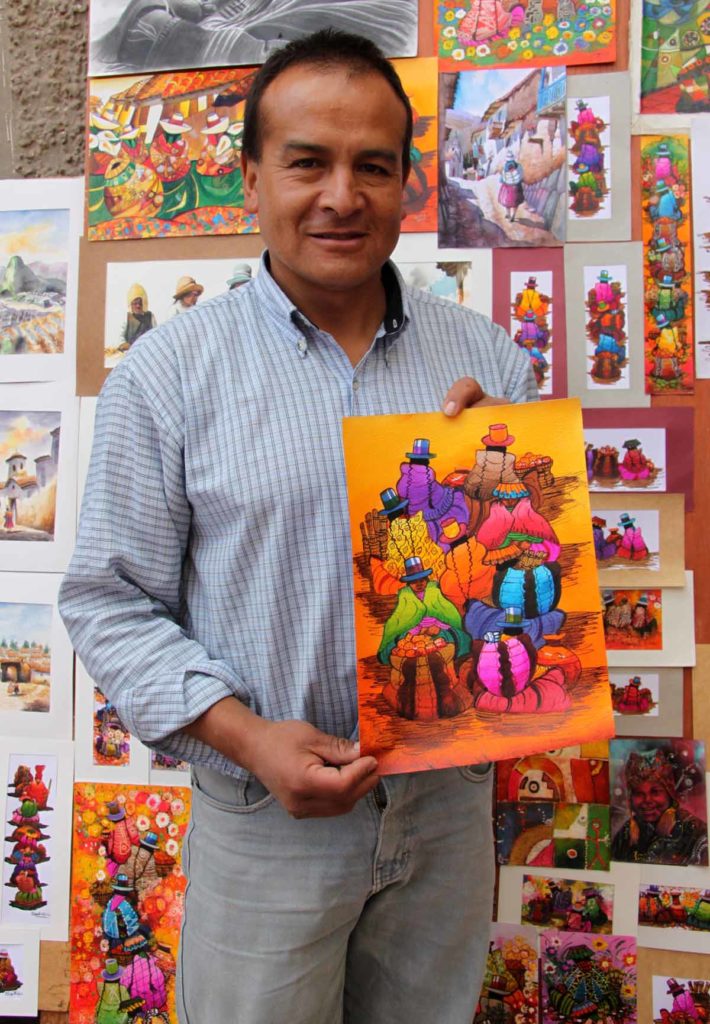






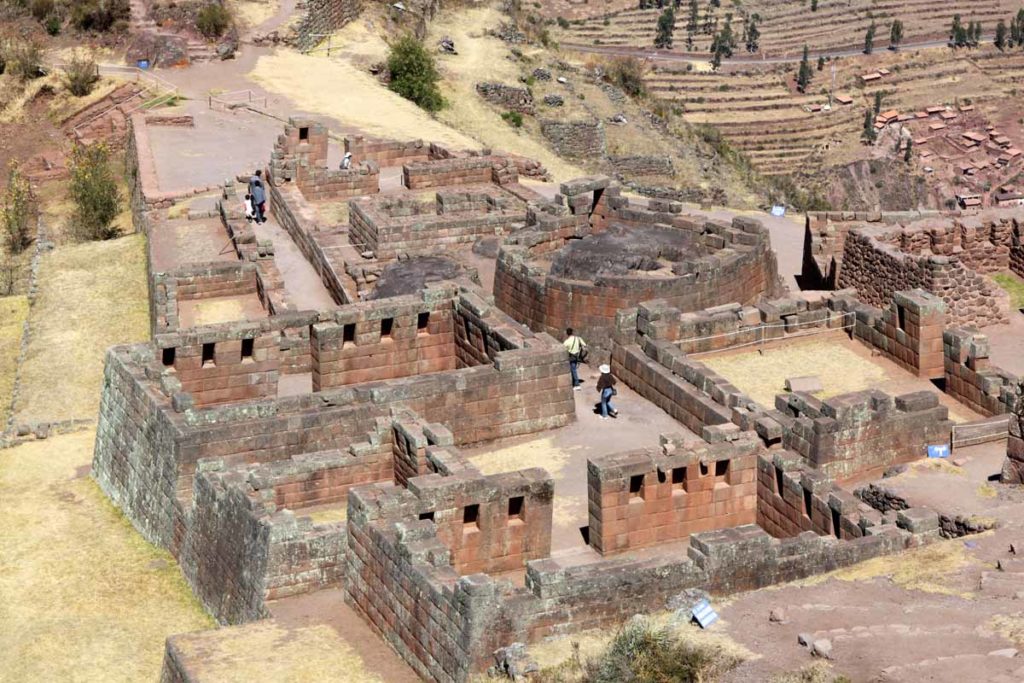







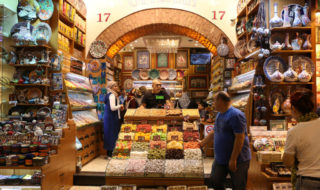
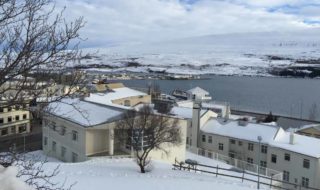
Post a Comment